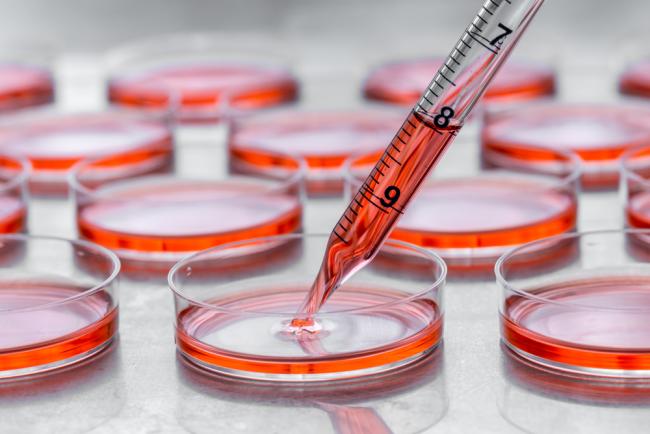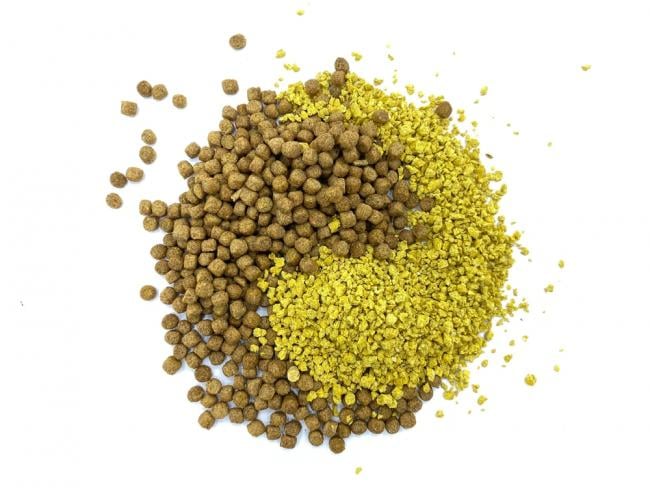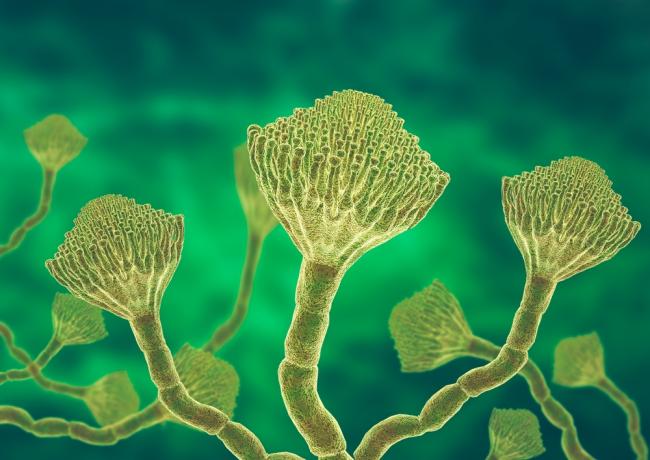Fumonisin B1, Fumonisin B2 and Fumonisin B3 are water-soluble mycotoxins produced by Fusarium verticillioides, Fusarium proliferatum and a few other Fusarium species. Fumonisins are found worldwide in crops such as corn (maize) and other cereals, posing significant health risks to humans and animals and leading to substantial economic losses in agriculture. Thus, control and management of these toxins is important to guarantee better health of consumers1.
So far, dozens of FBs have been isolated and divided into groups (Fumonisin A, B, C, D, P, Py, and La). Among them, Fumonisin B is the dominant group. Fumonisin B1 (FB1) usually accounts for about 70 percent of the total FBs, while Fumonisin B2 (FB2) usually makes up 15–25 percent and Fumonisin B3 (FB3) usually makes up from 3 to 8 percent when cultured on corn or rice1. FB1 is often mixed with FB2 and FB3, which have similar toxicity and usually display similar toxic effects.
Fumonisin B1, Fumonisin B2 and Fumonisin B3 (FB1, FB2 and FB3) contaminate various crops, especially maize products which are easily adulterated by FBs, causing huge losses to agriculture and livestock worldwide. Specifically, FB1 contamination is particularly serious in developing countries, humid and hot regions1. Poor agricultural resources and inappropriate post-harvest practices, contribute to the increased risk of FB1 contamination1
Humans and animals are exposed to Fumonisins through the consumption of contaminated foods. Fumonisins can produce different toxic effects on the nervous, respiratory, digestive and reproductive systems. Furthermore, FB1 can also cause systemic immunotoxicity. The mechanism of toxic effects of Fumonisins is to interfere with the normal pathway of sphingolipid de novo biosynthesis by acting as a competitive inhibitor of ceramide synthase. Meanwhile, the toxic products of sphingolipid metabolic disorders can cause oxidative stress and apoptosis1.
Fumonisins also often cause feed contamination by mixing with other mycotoxins, and then exerts combined toxicity1.
The economic implications of Fumonisins contamination are profound, affecting both farmers and the broader agricultural industry. Key economic impacts include2,3,4:
Crop Losses: Contaminated crops often need to be destroyed, leading to direct financial losses for farmers.
Reduced Market Value: Crops with high levels of FB1 are often downgraded in quality, reducing their market value.
Increased Costs: Farmers and producers may incur additional costs for testing, mitigation, and alternative feed sources for livestock.
Fumonisin B1, Fumonisin B2 and Fumonisin B3 pose severe health risks to both humans and animals. The main health concerns associated with Fumonisins include3,4:
1. Human Health
Cancer: Fumonisin B1 has been classified by the International Agency for Research on Cancer (IARC) as possibly carcinogenic to humans (Group 2B). There is evidence linking FB1 exposure to esophageal cancer, particularly in regions with high consumption of contaminated corn.
Neural Tube Defects: Studies suggest that exposure to Fumonisin B1 during pregnancy may increase the risk of neural tube defects in newborns. The mycotoxin disrupts sphingolipid metabolism, which is crucial for fetal development.
Other Health Issues: Chronic exposure to FB1 can lead to liver and kidney toxicity. Symptoms may include abdominal pain, diarrhea, and liver enlargement.
2. Animal Health
Equine Leukoencephalomalacia (ELEM): Horses are highly sensitive to Fumonisin B1, which can cause a fatal neurological disorder known as ELEM. Symptoms include lethargy, blindness, and ataxia3.
Porcine Pulmonary Edema (PPE): Pigs exposed to FB1 can develop PPE, characterized by fluid accumulation in the lungs and respiratory distress3.
Other Animals: Chickens, cattle, and other livestock can also suffer from various health issues, including reduced growth rates, weakened immune systems, and organ damage3.
FB1 consists of a diester with propane-1,2,3-tricarboxylic acid (TCA) and 2-amino-12,16-dime thyl-3,5,10,14,15-pentahydroxyleicosane where hydroxyl (OH-) groups at the C-14 and C-15 positions involved with the carboxyl groups (-COOH) of TCA to form an ester. On the other hand, FB2 and FB3 are actually the C-5 and C-10 dehydroxy analogues of FB12.
Mainstream detection methods such as Enzyme-Linked Immunosorbent Assay (ELISA) kits, Thin Layer Chromatography (TLC), High Performance Liquid Chromatography (HPLC) and Liquid Chromatography-Mass Spectrometry (LC-MS) are widely used for detection of Fumonisins in agriculture and food examination1,3.
Fumonisins are resistant to high temperatures, making it difficult to eliminate through standard food processing techniques. Thus, preventing and controlling Fumonisins contamination requires a comprehensive approach that includes good agricultural practices, proper storage, and effective processing methods.
Available Processing Methods:
Heat Treatment: While Fumonisin B1, Fumonisin B2 and Fumonisin B3 are heat-resistant, certain processing methods like extrusion cooking can reduce their levels in food products.
Chemical Detoxification: Some chemical treatments can break down Fumonisins into less toxic compounds, but their safety and efficacy need to be thoroughly evaluated.
Using microorganisms that degrade Fumonisins offers a promising approach, though this method is still under research.
By understanding the complexities of Fumonisin B1, Fumonisin B2 and Fumonisin B3 and implementing robust control measures, we can protect both human and animal health while supporting sustainable agricultural practices.
1. Gao Z, Luo K, Zhu Q, Peng J, Liu C, Wang X, Li S, Zhang H. The natural occurrence, toxicity mechanisms and management strategies of Fumonisin B1:A review. Environ Pollut. 2023 Mar 1;320:121065. doi: 10.1016/j.envpol.2023.121065. Epub 2023 Jan 10. PMID: 36639041.
2. Kamle M, Mahato DK, Devi S, Lee KE, Kang SG, Kumar P. Fumonisins: Impact on Agriculture, Food, and Human Health and their Management Strategies. Toxins (Basel). 2019 Jun 7;11(6):328. doi: 10.3390/toxins11060328. PMID: 31181628; PMCID: PMC6628439.
3. Knutsen HK, Alexander J, Barregård L, Bignami M, Brüschweiler B, Ceccatelli S, Cottrill B, Dinovi M, Edler L, Grasl-Kraupp B, Hogstrand C, Hoogenboom LR, Nebbia CS, Petersen A, Rose M, Roudot AC, Schwerdtle T, Vleminckx C, Vollmer G, Wallace H, Dall'Asta C, Eriksen GS, Taranu I, Altieri A, Roldán-Torres R, Oswald IP. Risks for animal health related to the presence of fumonisins, their modified forms and hidden forms in feed. EFSA J. 2018 May 25;16(5):e05242. doi: 10.2903/j.efsa.2018.5242. PMID: 32625894; PMCID: PMC7009563.
4. Chen J, Wen J, Tang Y, Shi J, Mu G, Yan R, Cai J, Long M. Research Progress on Fumonisin B1 Contamination and Toxicity: A Review. Molecules. 2021 Aug 29;26(17):5238. doi: 10.3390/molecules26175238. PMID: 34500671; PMCID: PMC8434385.





